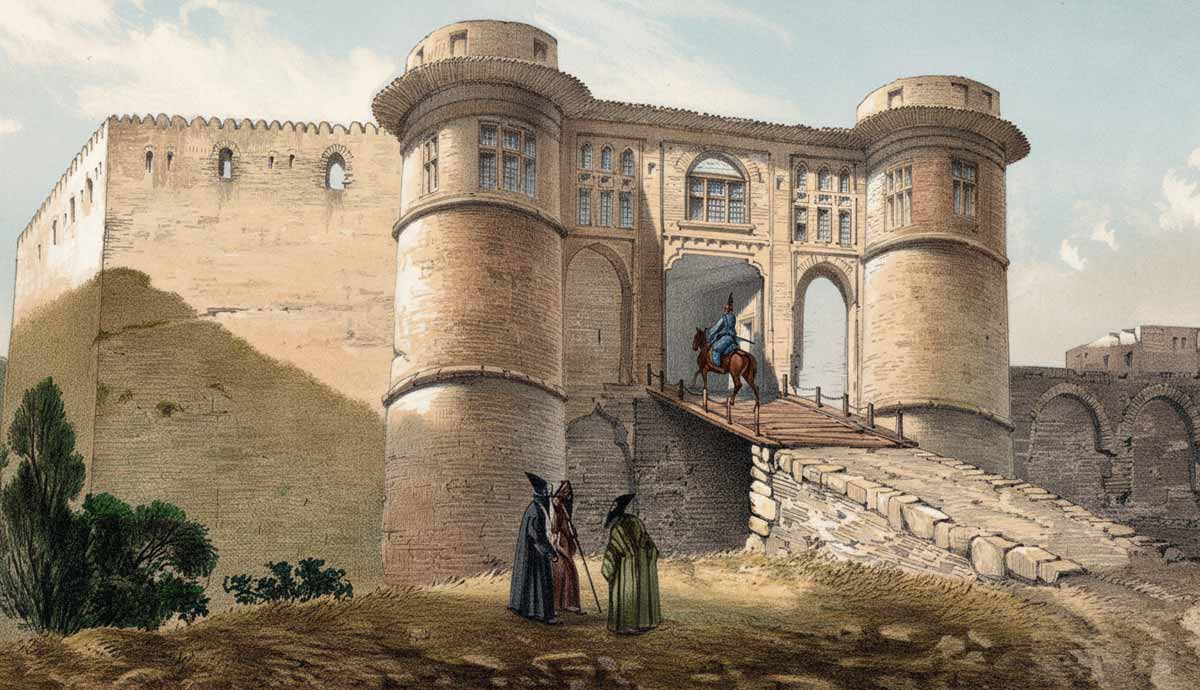
In 66 CE, the First Jewish-Roman War began, after mounting tensions between the Roman Empire and Jewish people erupted. The Jews had multiple grievances against the taxation practices of the Roman Empire, and Romans seized money from the treasury of the Second Jewish Temple. In turn the Jewish people finally revolted, instigating the cataclysmic Siege of Jerusalem.
The Second Jewish Temple

The first Jewish Temple, built under Solomon, had been destroyed in the 6th century BC under the Babylonian King Nebuchadnezzar II. A second temple was constructed when the Hebrews returned to Jerusalem in the 500s BCE after a long exile. The Second Jewish Temple in Jerusalem was the center of worship and sacrifice for the Jewish faith.
Subsequently, the Second Temple featured prominently in the Gospels. Jesus overturned the moneychangers’ tables in the Court of the Gentiles, the first section of the Second Temple. At His crucifixion, the veil which was torn from top to bottom separated the “Holy of Holies” from the rest of the temple. Here is where the ‘Ark of the Covenant’ was kept, located in the deepest part of the Second Temple.
The Fate of the Second Jewish Temple

In 70 CE, after an extensive siege, the Roman armies under Titus entered the city of Jerusalem. Upon making it to the Temple, they set it aflame, the fires becoming so hot that even the stones were bursting. By the time the siege was over, the temple had become rubble and plundered almost completely.
As the Historian Josephus, who recorded the event, described, it was a catastrophic event:
“These Romans put the Jews to flight, and proceeded as far as the holy house itself. At which time one of the soldiers, without staying for any orders, and without any concern or dread upon him at so great an undertaking, and being hurried on by a certain divine fury, snatched some what out of the materials that were on fire, and being lifted up by another soldier, he set fire to a golden window.”
The Escape of the Christians

Christian tradition holds that Christians were somehow supernaturally warned about staying in Jerusalem, and Eusebius records that they fled to the nearby region of Pella, thus escaping the siege and subsequent massacre. As Christianity had been centered for some time in Jerusalem, the escape of Christians resulted in the further spread around the Roman world of Christianity, rather than remaining centralized within Jerusalem. Caesarea, Antioch, Rome, and other areas would become important cities as a result of the escaped Christians.
Displacement of Jews

The destruction of the once-great temple, and the death or displacement of many of the Jewish leaders during the Siege of Jerusalem led to a massive restructuring of Jewish life based more around the local synagogues. While the Diaspora – the scattering of Jews across the Roman Empire – had been going on for some time, the result of the Jewish uprising was their banishment by the Romans from Jerusalem. With the scattering of both Jews and Christians came the scattering of their religions – and after the decline of Judaism came the rise of Christianity, which would become the predominant religion in the Roman world over the next few hundred years.










